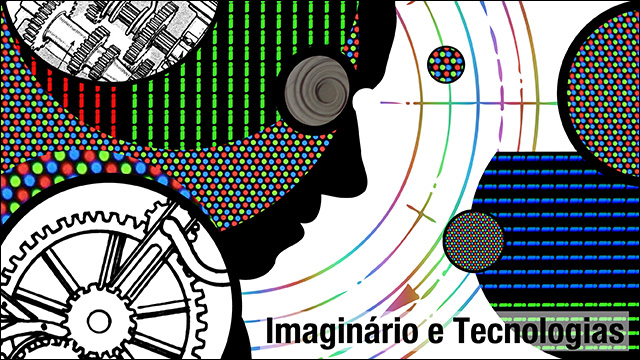Grace, body and conscience
DOI:
https://doi.org/10.15448/1980-3729.2011.3.10376Keywords:
Graciosity, body, danceAbstract
This article investigates the both elusive and allusive concept of grace or graciosity (Anmut), traditionally referred to dance and to the moving body of dancers. It analyses an inspiring text written by Heinrich von Kleist (1997) at the beginning of the XIXth century, named On the Marionette Theatre. This text is then articulated with some reflexions developed by the Portuguese philosopher José Gil (2001; 2002) on the body of the dancer, as well as with Henri Bergson’s (2001) discussions on mecanicity applied to the living body as a source of laughter. This exploration of Kleist’s theme of graciosity connected to the movements of dance leads us, two centuries after Kleist’s text, to new reflexions about the loss of a certain soul (delicious anachronical term) and of graciosity as correlated effects of a conscience more and more reflected in the spectacularized mirrors of image.Downloads
References
BERGSON, Henri. Oeuvres – Edition do Centenaire. Paris: PUF, 2001.
DAMISCH, Hubert. Théorie du nuage: pour une histoire de la peinture.Paris: Seuil, 1972.
GIL, José. O corpo paradoxal. In:LINS, Daniel e GADELHA, Sylvio (Org.). Nietzsche e Deleuze: que pode o corpo. Rio de Janeiro/Fortaleza: Relume Dumará/Secretaria da Cultura e Desporto do Ceará, 2002.
______. Movimento total: o corpo e a dança. Lisboa: Relógio D’Água, 2001.
HOFFMANN, Ernst Theodor Amadeus. O Homem de areia. Rio de Janeiro: Imago, 1993.
KLEIST, Heinrich von. Sobre o teatro de marionetes (edição bilíngue). Rio de Janeiro: Sette Letras, 1997.
SCHILLER, Friedrich. Textos sobre o belo, o sublime e o trágico. Lisboa: Imprensa Nacional/Casa da Moeda,1997.
Downloads
How to Cite
Issue
Section
License
Copyright
The submission of originals to Revista Famecos implies the transfer by the authors of the right for publication. Authors retain copyright and grant the journal right of first publication. If the authors wish to include the same data into another publication, they must cite Revista Famecos as the site of original publication.
Creative Commons License
Except where otherwise specified, material published in this journal is licensed under a Creative Commons Attribution 4.0 International license, which allows unrestricted use, distribution and reproduction in any medium, provided the original publication is correctly cited.






